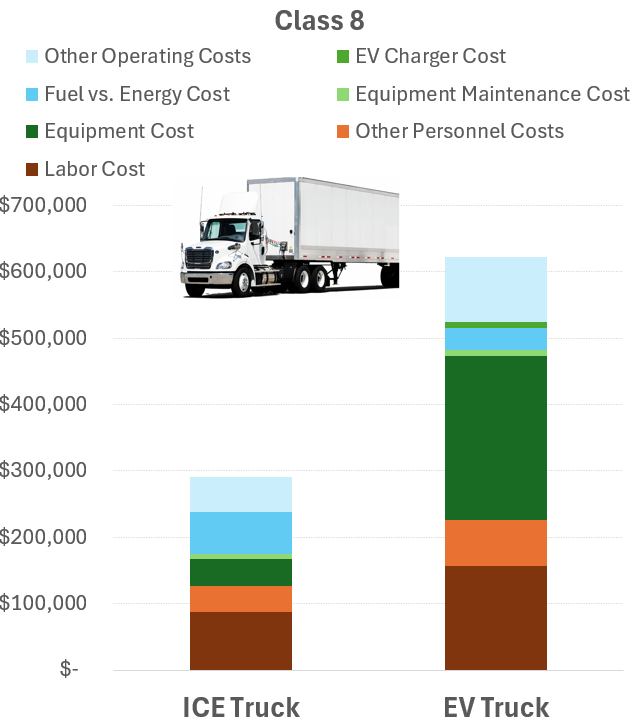
Total Cost of Transportation Analysis for a Heavy-Duty Fleet
![]()
A new study shows that switching to a Class 8 truck can more than double the total cost of transportation. Here’s a summary.

![]()
A new study shows that switching to a Class 8 truck can more than double the total cost of transportation. Here’s a summary.

![]()
The ACT Expo, 2024 covered all aspects of the latest technologies for commercial vehicles and provided a unique forum to discuss the “reality” on the ground for the energy transition. Here is a summary in pictures.
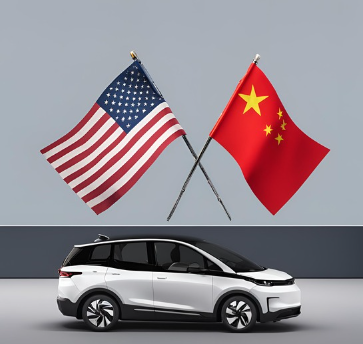
![]()
The Biden Administration has announced significant new tariffs on a range of Chinese-made electric vehicles and related strategic components. Here is a summary.

![]()
The SAE World Congress was held in Detroit and covered a broad range of topics pertinent to transport decarbonization. Here’s a link to download presentations on emissions and sustainability.

![]()
EU Commission finds real-world CO2 emissions from cars and vans in Europe greatly exceed lab certification values. Plug-in hybrids are not being charged as much as estimated.
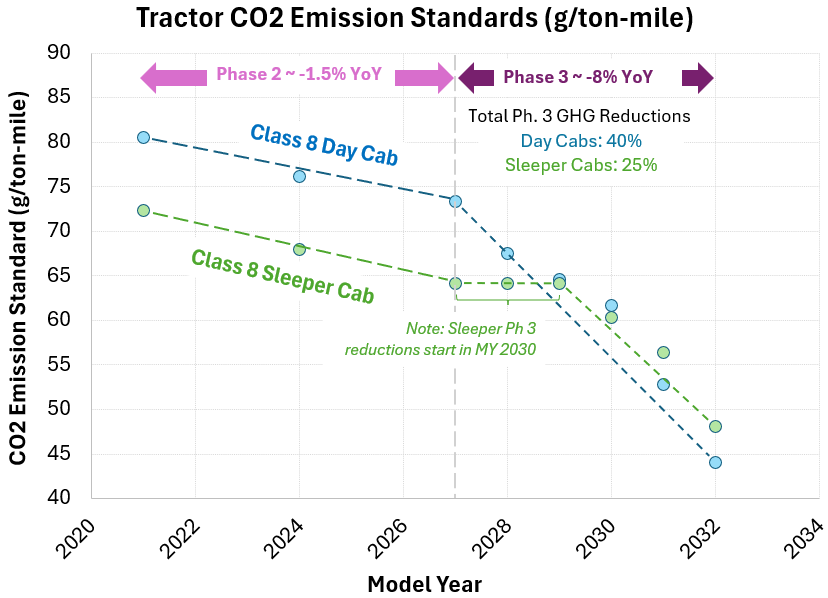
![]()
The U.S. EPA has finalized the Phase 3 GHG rule specifying CO2 emission reductions from heavy-duty trucks and buses over MY 2027 – 2032.
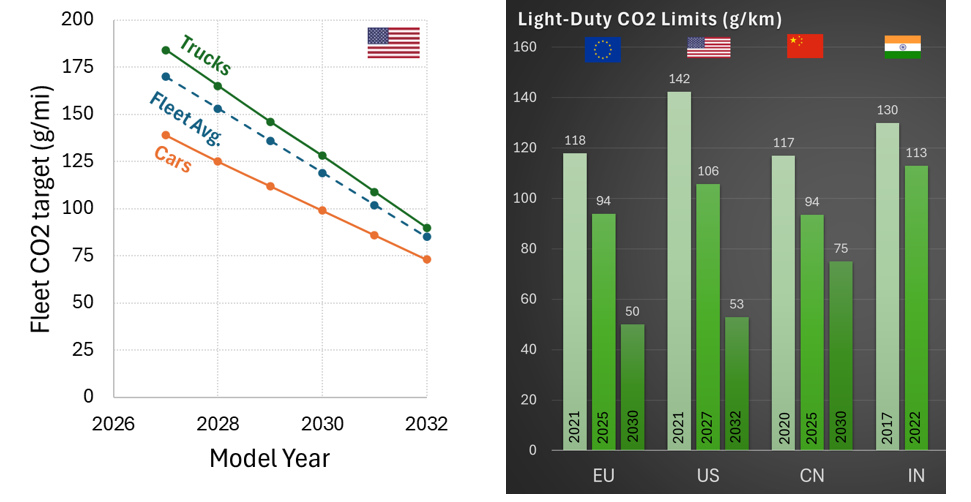
![]()
The EPA final rule will require a fleet averaged 50% reduction in CO2 emissions for light-duty vehicles, over MY 2027 – 2032.
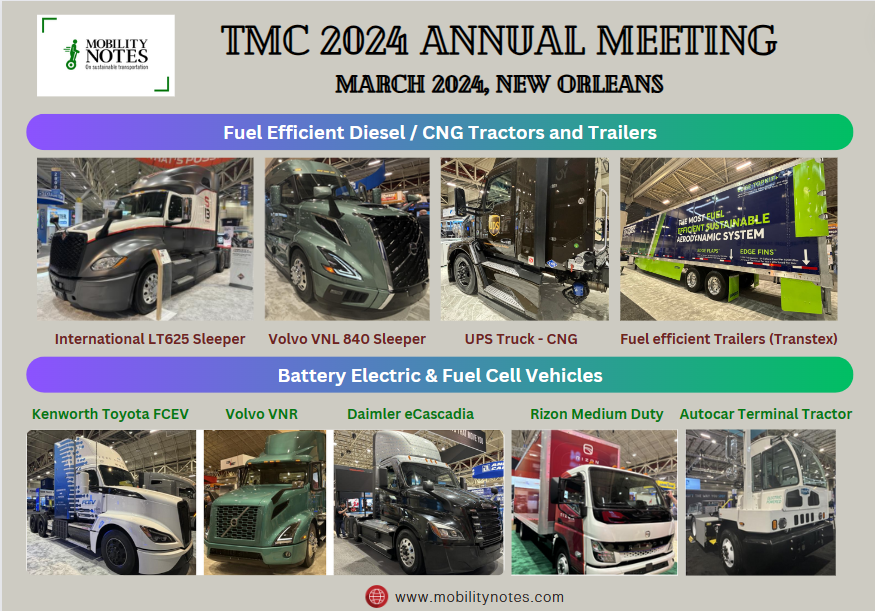
![]()
A visual summary of the TMC Annual Meeting and Transportation Technology Exhibition, held in New Orleans, March 2024.

![]()
A summary of select portions of the SAE Government Industry meeting, held in Washington DC, which highlighted the growing concerns of the industry with government mandates and preparedness for tackling the infrastructure barriers and low consumer / fleet acceptance.
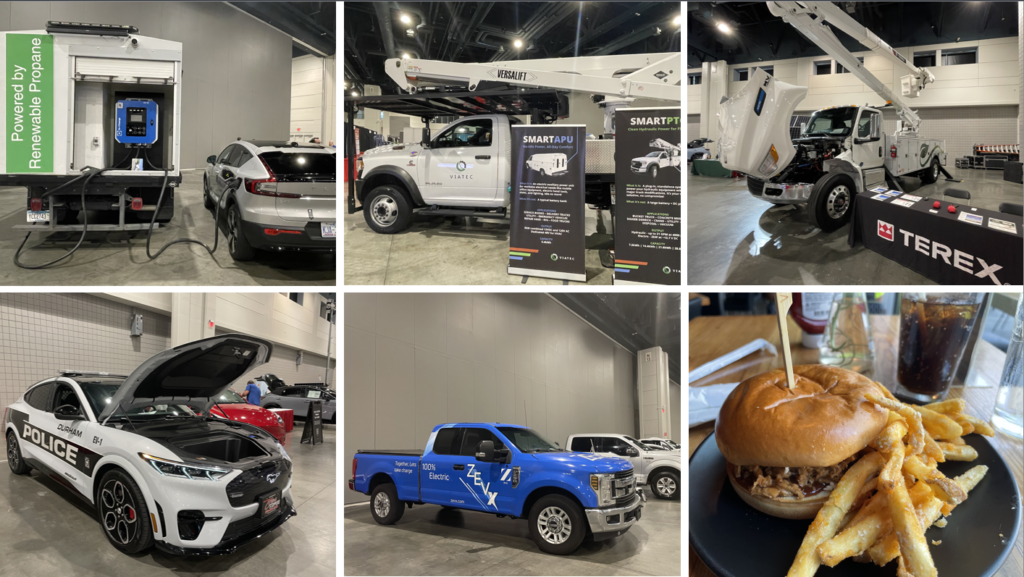
![]()
Notes from the 2023 Sustainable Fleet Technology Conference covering a wide range of practical issues for fleet decarbonization